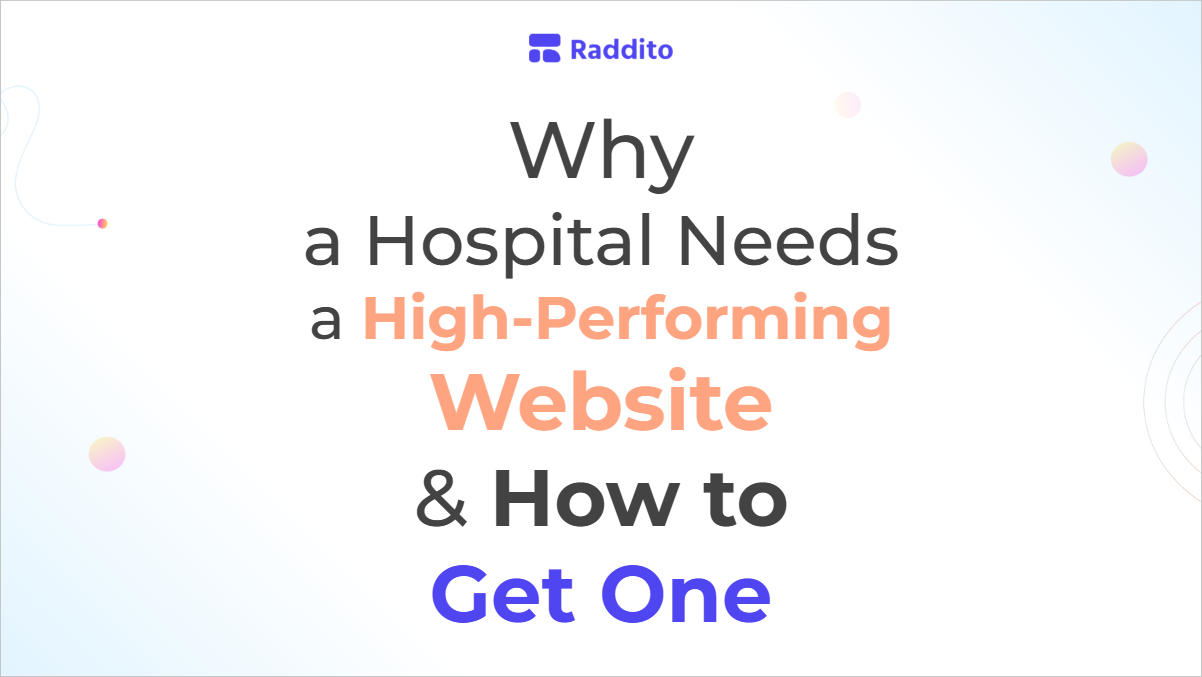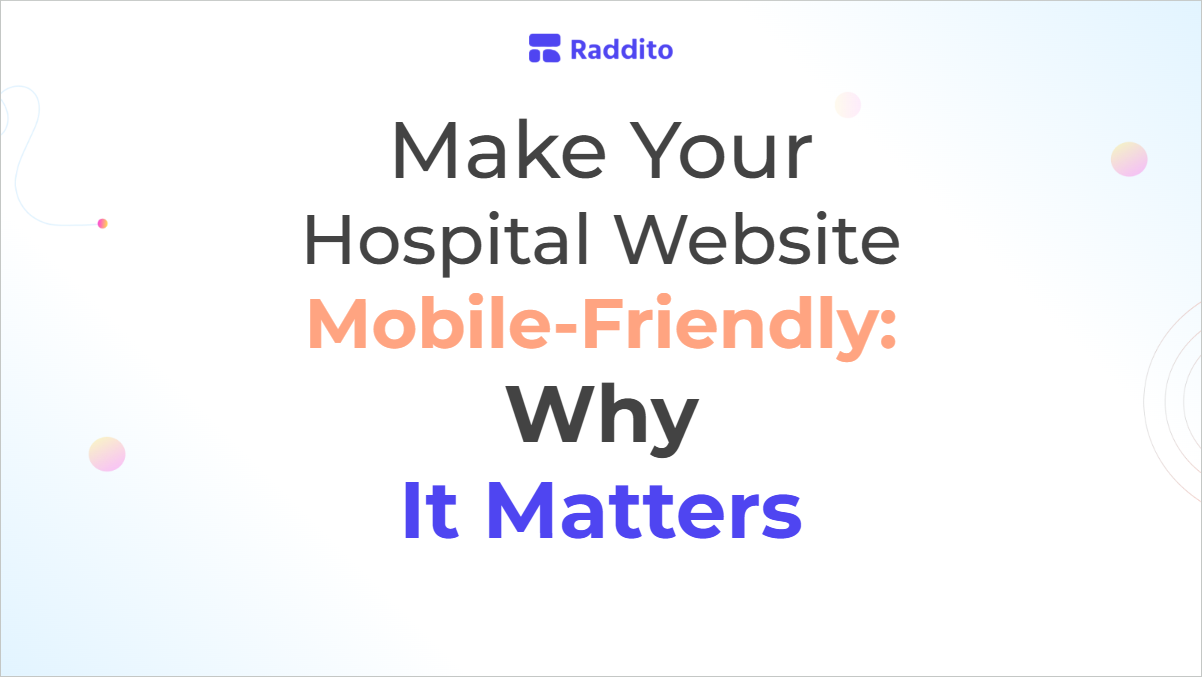Let’s cut to the chase: If your hospital’s website takes more than three seconds to load, you’re already losing patients. In today’s digital-first world, a high-performing hospital website isn’t just a luxury—it’s a lifeline. Trust me, after 15 years in healthcare digital strategy, I’ve seen hospitals thrive or nosedive based on their online presence. Let’s unpack why your website needs to be a well-oiled machine and how to make it happen—without the corporate jargon.
Why a High-Performing Hospital Website Isn’t Optional
Imagine this: A worried parent searches for “pediatric emergency care near me” at midnight. Your hospital pops up, but your site crashes on their phone. They bounce to a competitor. That’s one patient lost—and possibly a lifetime of loyalty gone.
Your website is the front door to your healthcare services. Here’s why performance matters:
- First Impressions Dictate Trust
Patients judge your hospital’s credibility within seconds. A slow, cluttered site screams “outdated care.” A high-performing hospital website loaded with clear CTAs, crisp design, and real-time info (like wait times or telehealth options) builds instant confidence. - Patient Experience Starts Online
Over 80% of patients research hospitals online before booking appointments. If your site isn’t mobile-friendly, lacks intuitive navigation, or hides critical info (like insurance accepted), you’re pushing patients toward competitors. - SEO Drives Visibility—and Revenue
Google prioritizes fast, user-friendly sites. A sluggish website tanks your search rankings, making it harder for patients to find you. Every second delay in page load time can drop conversions by 7%.
Key Features of a High-Performing Hospital Website
A high-performing hospital website isn’t just about looking pretty. It’s a strategic tool designed to solve problems for patients and staff. Here’s what it must include:
1. Speed and Mobile Responsiveness: Non-Negotiables
- Optimize images and code to load in under 2 seconds.
- Ensure seamless performance on all devices (40% of medical searches happen on mobile).
- Use tools like Google PageSpeed Insights to audit performance.
2. Clear, Patient-Centric Navigation
- Label menus with patient priorities: “Find a Doctor,” “Emergency Services,” “Billing.”
- Include a prominent search bar for quick access to info.
- Add chatbots for 24/7 assistance with FAQs.
3. Secure Patient Portals and Telehealth Integration
- Enable easy login to view lab results, schedule appointments, or message providers.
- Embed telehealth options directly on the site—convenience saves lives.
4. SEO-Optimized Content That Answers Questions
- Publish blogs on “How to Prepare for Surgery” or “Understanding Insurance Claims.”
- Target local keywords (e.g., “best cardiologist in [City]”) to attract nearby patients.
5. Compliance and Security
- HIPAA-compliant hosting and SSL certificates are non-negotiable.
- Display trust badges and privacy policies prominently.
How to Build a High-Performing Hospital Website: A Step-by-Step Guide
Ready to transform your site? Here’s how to avoid pitfalls and create a patient magnet:
1st Step: Audit Your Current Site (Brutally)
- Test speed, mobile responsiveness, and broken links.
- Ask patients for feedback: “What frustrated you about our website?”
2nd Step: Partner with Healthcare-Savvy Developers
- Generic web designers won’t cut it. Work with teams who understand HIPAA, patient journeys, and medical SEO.
3rd Step: Prioritize Accessibility
- Use alt text for images, caption videos, and ensure color contrasts meet ADA standards.
- Over 26% of adults live with a disability—don’t exclude them.
4th Step: Create Content That Converts
- Highlight your specialties (e.g., “Ranked #1 in Cardiac Care”).
- Share patient stories and doctor bios to humanize your brand.
Final Step: Test, Iterate, Repeat
- A/B test headlines, button colors, and form lengths.
- Monitor analytics to see where users drop off—and fix those pain points.
Stuck? Let’s Talk About Your High-Performing Hospital Website
Look, I get it—hospitals are busy saving lives, not debugging websites. But here’s the truth: A high-performing hospital website isn’t a side project. It’s a critical asset that drives patient satisfaction, loyalty, and revenue.
If you’re overwhelmed by HIPAA compliance, SEO, or UX design, you don’t have to DIY this. My team specializes in creating healthcare websites that:
- Load faster than a heartbeat.
- Convert visitors into patients.
- Keep data safer than Fort Knox.
Ready to stop losing patients to slow, clunky websites? Let’s chat. Schedule a free audit or drop us a line to see how we can turn your site into your hardest-working employee.
PS – Your competitors are already investing in their online presence. Don’t let your website be the reason patients choose them over you.



